Ultimate Cuenca Transportation Guide 2025: Public Transit and more
Are you wondering how to get around Cuenca Ecuador? In this post, we answer important questions about Cuenca public transportation, bus system, metro line, taxis, bike rentals, car rentals, and other travel tips for Cuenca.
Getting around Cuenca is fairly cheap and convenient. In fact, Cuenca’s walkability is one of our favorite things about the city.
However, there are things about Cuenca transportation that even seasoned travelers will be surprised by. For example, you cannot just hop on a public bus in Cuenca and pay with cash or coins!
Cuenca’s transportation system has also changed recently and much of the online information we’ve come across is out of date. So we hope this 2025 Cuenca transportation guide will help you learn everything you need to know!
We would appreciate your help keeping the information in this article up to date for other readers. Please share any corrections and updates in the comments at the end of the post. Last checked: December 2024.
How to get around in Cuenca Ecuador
We’re covering a variety of transportation in Cuenca, so feel free to jump ahead using the Table of Contents below.
Table of Contents
On Foot: Walking in Cuenca
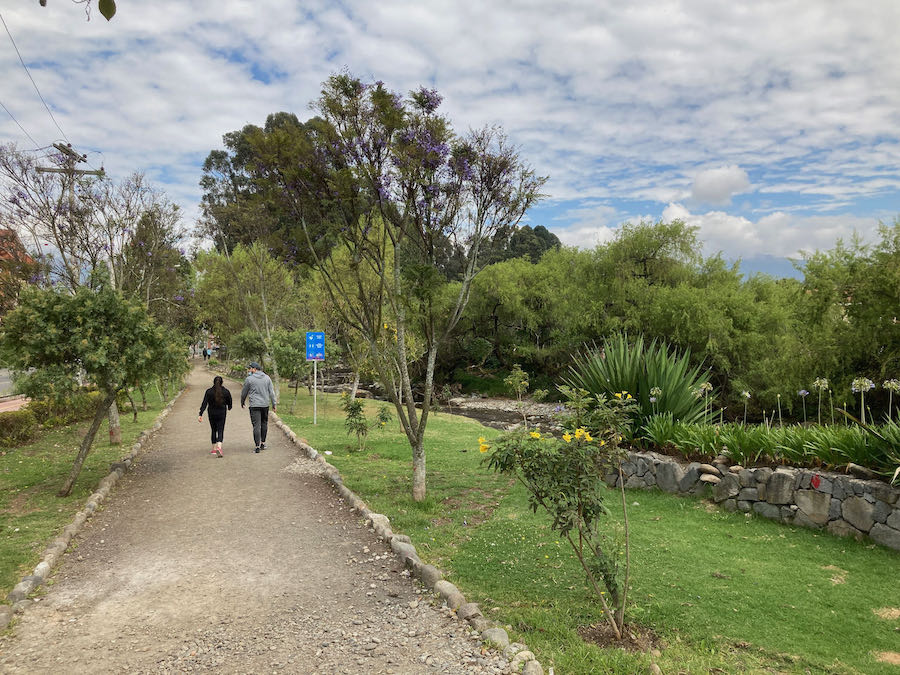 Walking in Cuenca Ecuador is our favorite way to get around. Especially if you’re staying in the centro historico, you’ll be able to walk to countless restaurants, cafes, markets, grocery stores, and other amenities.
Walking in Cuenca Ecuador is our favorite way to get around. Especially if you’re staying in the centro historico, you’ll be able to walk to countless restaurants, cafes, markets, grocery stores, and other amenities.
Running, jogging, and walking for exercise is popular along Cuenca’s three rivers: Rio Tomebamba, Rio Yanuncay, and Rio Tarqui. Paved, gravel, and dirt walking paths can be found *almost* the entire way along these rivers.
Unfortunately, sidewalks and walking paths are not consistent enough for seamless wheelchair or stroller use. Damage, construction, or a sudden gap in walkways are common throughout the city.
Tips for pedestrians in Cuenca:
- Vehicles have the right of way and are not expecting to stop for pedestrians in the street.
- Jay walking is generally acceptable in Cuenca. Just pay attention to traffic and cross when it’s safe.
- The biggest downside to walking in Cuenca is the amount of dog poop on the sidewalks. Watch your step!
How to Use Cuenca Public Buses
Cuenca city buses are very convenient for going almost anywhere in the city. You can view a map of Cuenca bus routes here or use Google Maps.
Each city bus will display the route number with the start and end points (and sometimes landmarks on the way) in the front window.
But don’t worry, you don’t have to guess where you’re going. There is an easy way to look up Cuenca bus routes, which we’ll cover soon…
At the time of this writing, each ride is 30 cents, however, you need a bus pass to ride the buses (details below).
Always board the bus at the front. There will be a red and black machine as you come up the steps where you’ll swipe your Movilizate card to pay the bus fare.
Hold the card flat or parallel to the machine where it says “tarjeta” and wait for it to audibly confirm with a “gracias.” It will also display your remaining card balance.
On almost all Cuenca buses now there is a scrolling sign above the driver and an audio announcement of each current and upcoming bus stop name.
TIP: If you have our Toolkit, you’ll find helpful guidance on using Google Maps in both the Google Maps Travel Hacks and Smartphone Savvy Travel courses, giving you extra confidence when navigating public transit in unfamiliar places.
How to get a city bus pass in Cuenca
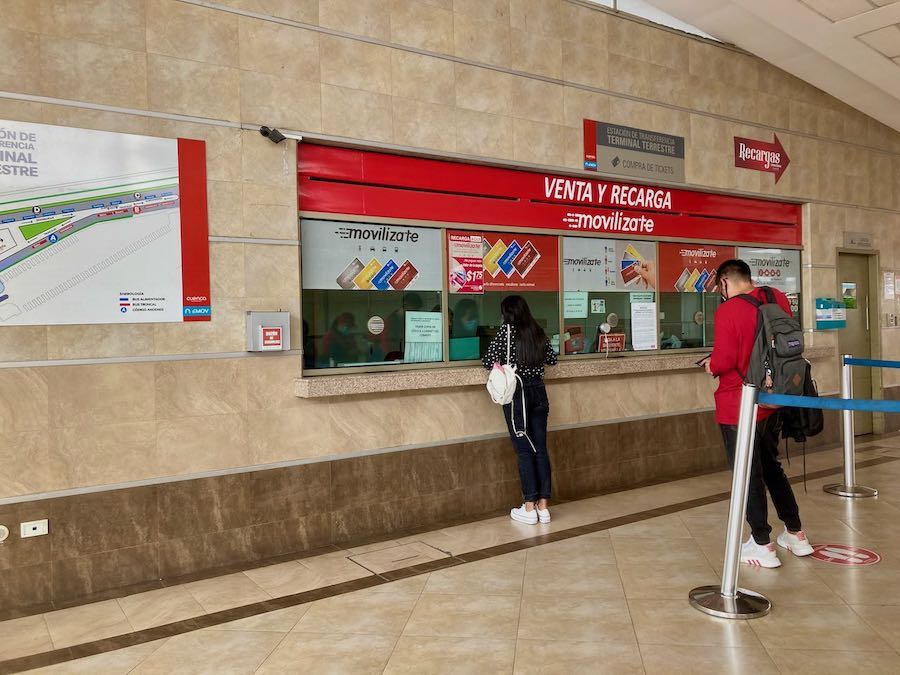 A Movilizate bus pass is used to pay for bus rides in Cuenca. There is no way to pay on the bus with cash or coins.
A Movilizate bus pass is used to pay for bus rides in Cuenca. There is no way to pay on the bus with cash or coins.
Bus passes can be purchased from offices next to Terminal Terrestre bus station, Terminal del Sur bus station, the ETAPA office on Gran Colombia y Tarqui, or the Department of Transportation on Los Capulies street.
We went to the office by Terminal Terrestre, which is a separate building on the bus station “complex.” It’s open weekdays. When we went, there were four people ahead of us in line and most took less than a minute with the teller.
Seniors and students take a photo for their card at the counter, which is not necessary for the regular pass or the tourist version. I brought my passport but the cashier didn’t ask for it and gave me a regular, red tarif card.
The card is $1.75.
The teller asked if I wanted to add any saldo to it, and I gave a few dollars to add some credit on the pass. It took less than a minute and I was on my way.
There is a card-reader machine at the teller window, just like those on the buses, where you can scan your card to see how much credit is left.
Loading or recharging the Cuenca bus pass
Shops that can “recargar” or reload money onto the bus pass will have a red sign at the entrance with pictures of the Movilizate cards. There is a map of the locations here.
Simply hand the cashier your card and the amount of money you want credited to the card. It is a quick process with a machine.
The shop should either give you a receipt where you can see the new credit total on your card or, if not, you should be able to see a computer display. We have been asked by a cashier to watch and verify the amount being added, as I suspect some people don’t pay attention and complain later that their credit didn’t get added.
Tip: We recommend adding no more than a few dollars at a time (or however much you wouldn’t mind losing if the card gets misplaced or stolen).
How to use the Moovit app for bus route directions
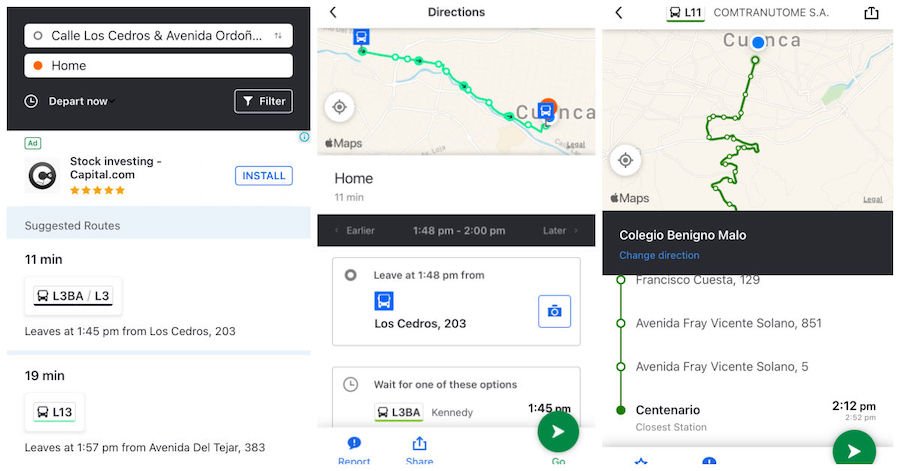
The best way to find Cuenca bus route info is through the Moovit app, which can be loaded on your smartphone or web browser. The app does not appear to work offline, but the buses do provide free wifi onboard.
Moovit includes interactive Cuenca bus route maps so you can see where each bus line and the Tranvia metro goes and roughly where the stops are.
There is also a function that suggests routes when you input a start and end point. You can enter a specific address, a landmark or business name, or manually pin a point on the map.
The app will then show options, including walking time to and from the bus stops, number of stops and estimated ride time on the bus, as well as any transfers.
You can select a specific departure or arrival time in the future, or click back and forth to see earlier and later buses times on the same route.
While the Moovit app is very useful, it is not always 100% accurate. Sometimes bus stops may be in slightly different locations – usually there is either a blue bus stop sign, a covered waiting area, or simply a crowd of people gathered on the sidewalk to help indicate the actual location.
On occasion, the routes are not exactly as advertised. (Apparently the bus routes on Moovit may have been uploaded during construction on the Tranvia line. As the actual bus routes adjusted, the Moovit app has not always been updated.)
It happened only once that we were on a bus that should have gone east to west, but at one point started heading south with no sign of doubling back. Fortunately, we were watching our GPS location on the Moovit map so we quickly realized when we were no longer heading in the direction we needed to go and got off that bus.
Helpful tips for riding Cuenca city buses
- Get on and off as quickly as possible. The drivers rarely wait for you to get settled.
- While bus stop names are announced on board, the bus may not actually stop if no passengers are getting on or off. This can become confusing if you’re counting stops, which is why it helps to watch your GPS location in the app when you’re not familiar with your destination.
- Two people can use the same bus pass if needed. Just swipe once, wait a moment, and swipe it again to pay the second fare.
- If don’t have a Movilizate bus pass, you can ask someone to swipe you in and give them exact change for your fare.
- Marked seats (usually in yellow) are reserved for seniors and folks with mobility problems.
- If you have our Google Maps Travel Hacks or Smartphone Savvy Travel courses, you can gain more confidence for navigating public transit, using maps offline, and handling unexpected route changes in places like Cuenca.
Tranvia: Cuenca’s Metro Line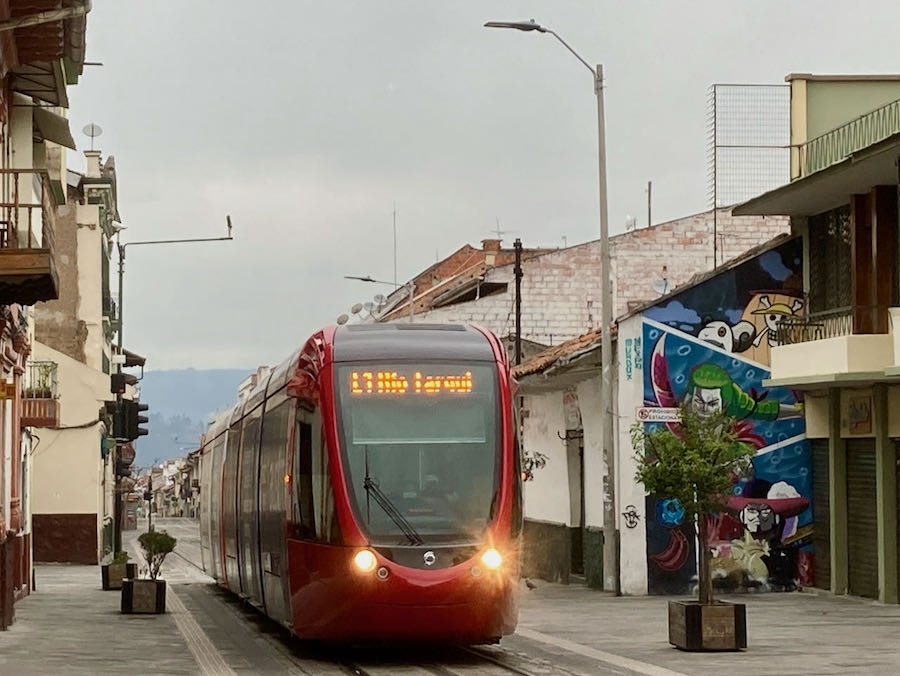
The Tranvia is also known as Cuenca’s metro, lightrail or subway line. It was many years in the making and is finally active. It seems well used and well run, and we haven’t seen it too overly crowded.
There is one metro line which runs back and forth from the airport, through the north side of the centro historico, then turning south near Supermaxi Las Americas where it follows Avenida Las Americas toward Rio Tarqui.
The Cuenca Tranvia lightrail schedule runs at regular intervals from 6am to 9pm every day. Riding from the airport to the end at Rio Tarqui takes about 35 minutes total.
Arrival times of the next Tranvia trains are posted at most stops. You can also check the next Tranvía arrival times online here.
The Movilizate bus pass does not work on Tranvia. You can either get a separate Tranvia card (currently for residents only) or you can pay for individual tickets as you go.
At the end of 2022, Tranvia indicated that steps are being taken toward integrating a payment system for bus and metro together. Details are still to come as of December 2023.
How to get Tranvia tickets and passes
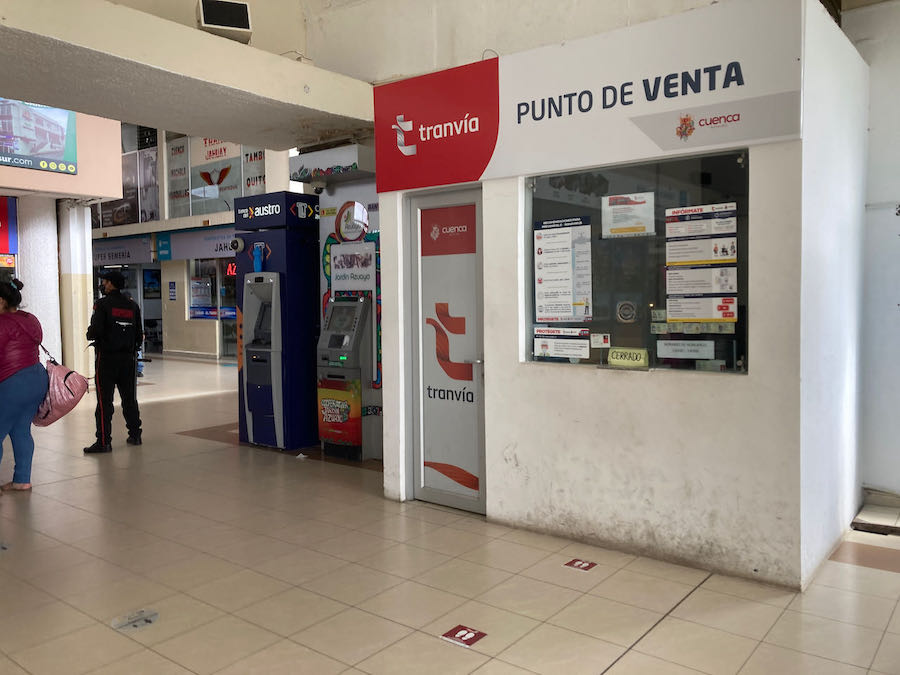
Tranvia metro passes can be obtained at the kiosk in Terminal Terrestre bus station (pictured above), the office across from Feria Libre, at the Cuenca airport, or at a window in the Tranvia Etapa office on the corner of Gran Colombia and Tarqui streets.
Bring your cedula (Tranvia cards are currently only available for residents). For the senior card (65+), you’ll have your photo taken or uploaded from your cedula, which takes about 10 minutes to process.
You can also put money on the Tranvia card when you buy it.
Tranvia card holders ride the metro for 30 or 35 cents, similar to the bus fare (with further discounts for seniors).
For tourists and others who don’t have a Tranvia card, you can instead purchase single tickets (boleto sencillo) at any metro stop for $1 per ride.
Fares can also be purchased on an app. This is only available through select savings and loan cooperatives: JEP, CREA, Jardín Azuayo, and soon Cooperco. Use the bank’s app to purchase virtual tickets and it will give a QR code that can be scanned on the tram.
At each Tranvia stop there is a large machine where you can check the balance on your pass, reload money to it, or purchase a single-use paper ticket if you don’t have a pass.
When you “wake up” the machine, there is an option to switch to English before you start any transactions.
There are two ways to add credit to the Cuenca tram cards.
1. When selecting “Multiviajes” you have these options:
– 5 rides for $1.50: valid for 15 days.
– 10 rides for $3.00: valid for 30 days.
– 20 rides for $6.00: valid for 60 days.
2. The second way is to add simple credit (“recarga normal”). This way, each ride will cost $0.35, and the credit will not expire.
They do check tickets and passes of passengers on Tranvia. If you have the pass, it’s important to validate your card before each ride by holding it up to the red square on the validation machine (pictured below).
Boletos sencillos, the single ride paper tickets, do not need to be validated before boarding. You can purchase tickets for multiple passengers on one receipt and it will be scanned by a Tranvia employee when you board.
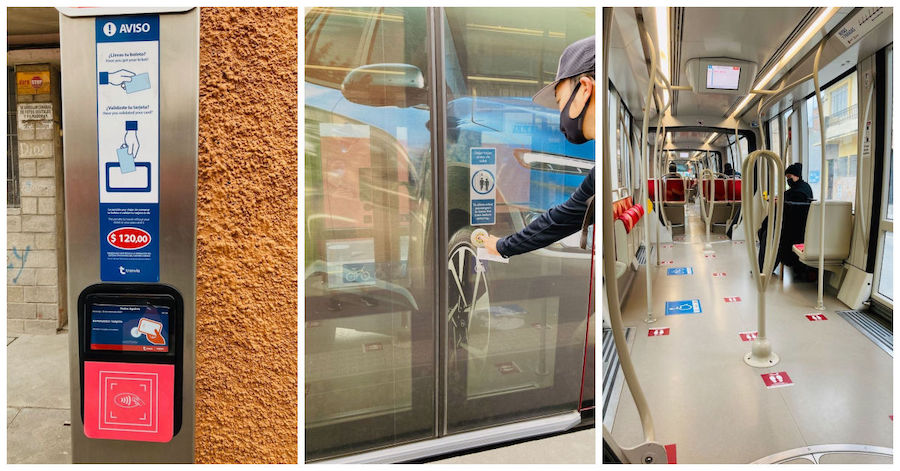 Tips for riding Tranvia:
Tips for riding Tranvia:
- When adding money to a Tranvia pass, make sure to wait for the purchase complete screen before removing your card to ensure the credit is applied.
- Be sure to validate your Tranvia card before each ride. Have your card or paper ticket ready to be scanned after boarding.
Biking: BiciCuenca and bike rentals in Cuenca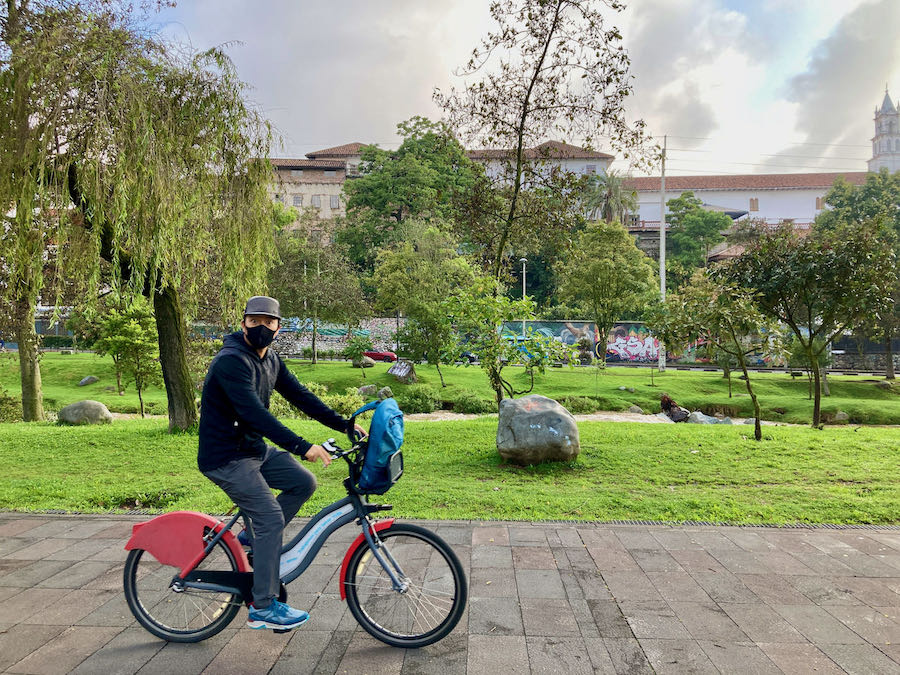
It is common to see cyclists around Cuenca, from group hill climbs up Turi to mountain biking in the mountains around the city to casual commuters and recreational biking in the parks.
Cuenca is in the process of increasing the bike paths, or ciclovias, in Cuenca. Read on for more details about bicycle routes.
For casual cyclists and tourists there is the option to rent a bike or use Cuenca’s bike share program, BiciCuenca.
How to Use BiciCuenca Bikes
Cuenca’s public bike system offers basic, 3-speed bicycles from stations located around the centro historico and Rio Tomebamba.
The BiciCuenca membership is currently $3 for registration, then just 25 cents per 30 minute ride, or $10 for a full day rental.
You do need to go through a registration process before taking out a BiciCuenca bike rental, so it’s probably not the best option if you’re staying in Cuenca less than a week.
As we found out, registration on the website is geared toward Ecuadorian residents who can pay with an Ecuadorian credit or debit card. In this case, a copy of passport and proof of insurance must be e-mailed in and the process can take 20 minutes or up to 24 hours.
For visitors, you’ll need to register at the Bici Publica Cuenca office by the river on Avenida 3 de Noviembre near the Juana de Oro bridge. Bring a passport and at least $8 to start your account. The process took about 20 minutes.
You can then check out bicycles three ways from the machine at any BiciCuenca sation:
– swipe your BiciCuenca card,
– use the smartphone app,
– or enter your login info on the machine’s screen.
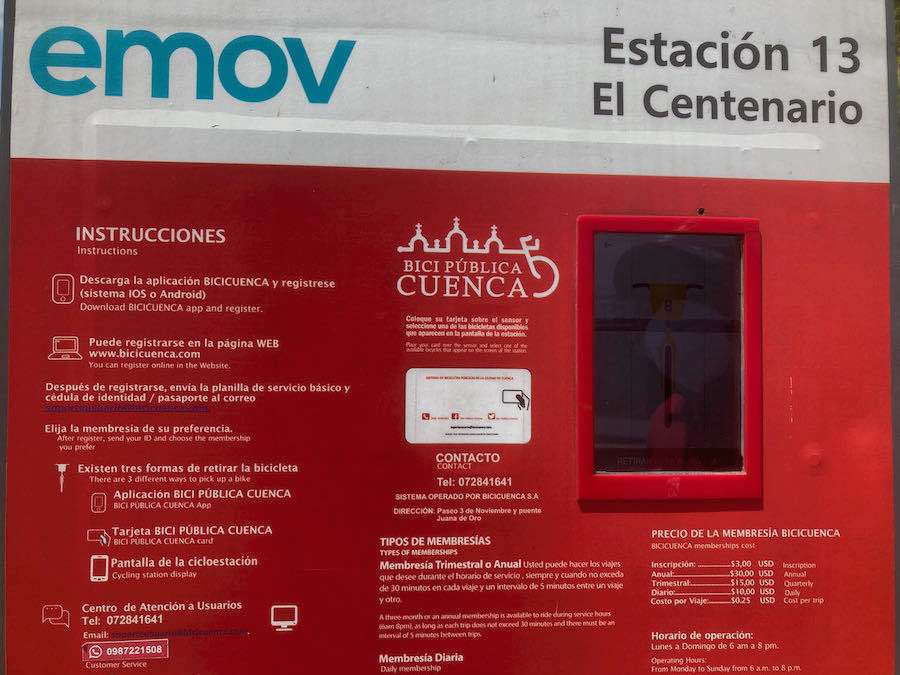
The cheapest way to rent bikes is in 30 minute increments. You can go to any station in that timeframe and return the bike, even temporarily, to reset the clock for another 30 minutes.
This way, each 30 minute trip is only 25 cents. If you want to go a little further, rides up to 60 minutes are 75 cents.
After minute 61, each additional hour you’re out with the bike will cost $2.00.
In the Bici Public Cuenca smartphone app, you can see how much credit you have left in your account, track the time on your rides, and view the number of bicycles available at each station location.
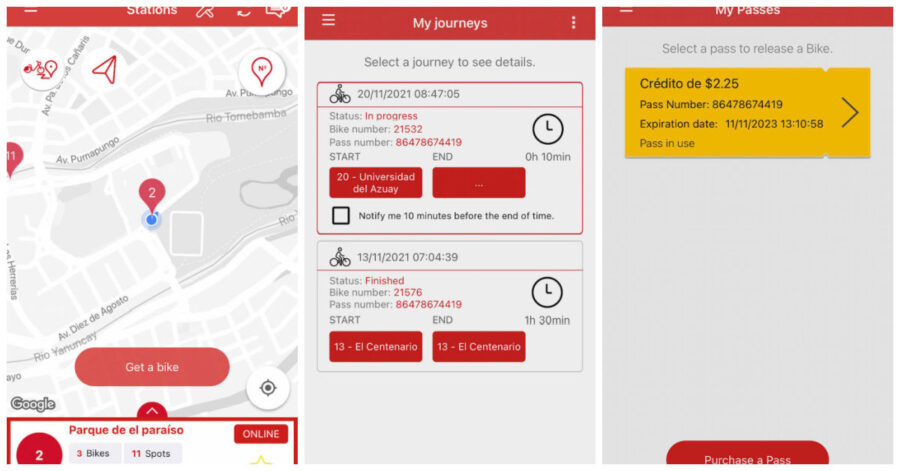
At the bike station, each bike stall has a number. On your app or on the machine, you’ll select a bike by its number. It may take a moment to unlock but when you hear the click, you can remove the bicycle and be on your way.
To return the bicycle or restart your time, secure the bar at the front of the bike into one of the “sockets” at the station and make sure it locks in place.
Tips for Using Cuenca Ciclovias
Cuenca has several dedicated and protected bike lanes on major roads as well as paved and gravel paths through parks along the rivers. These are called ciclovías.
Depending on where you’re from, Cuenca’s bike paths and trails may be impressive or underwhelming.
Like the sidewalks, the ciclovias in Cuenca are not always consistent. These days, some sections of the path are under construction. Every once in a while a nice trail will suddenly end and restart a little further along.
Many times, the bike paths in town are shared with other pedestrians.
Be prepared for interruptions in your ride. You may need to maneuver around people or other obstacles, or hop off your bike and walk for a bit until the trail clears out.
Map of ciclovias bike paths in Cuenca
If you stick to one scenic trail, a good one is the North side of Rio Tomebamba. See the suggested bike route here.
Other bike rental options in Cuenca
An alternative if you’re looking for a one-time bicycle rental, or perhaps you want a higher-end bike, try Runa Way Adventours.
Runa Way offers daily mountain bike rentals and downhill bike rentals, with free delivery and pick up in Cuenca, starting at $15 a day.
In the South at Parque Circo Social, bike rentals are currently available for $1 an hour. A form of ID is required to rent. They also have inclusive bikes with big, padded seats (adult extra large size) on the front, which is great for people with mobility or coordination challenges.
Taxis in Cuenca Ecuador
Cuenca taxis are easily recognizable yellow cabs. All taxis in Cuenca are metered, or should be.
You can flag a taxi down from the side of the road or call one through the AzuTaxi app (see details below).
The minimum day time taxi fare in Cuenca is $1.50 Mondays through Saturdays. Nights and Sunday fares start at $1.75.
Taxi fare from Cuenca airport to the city center is roughly $2.50 to $3.00 USD. From the city center to Amaru zoo on the outskirts of town is about $5.
How to use the AzuTaxi app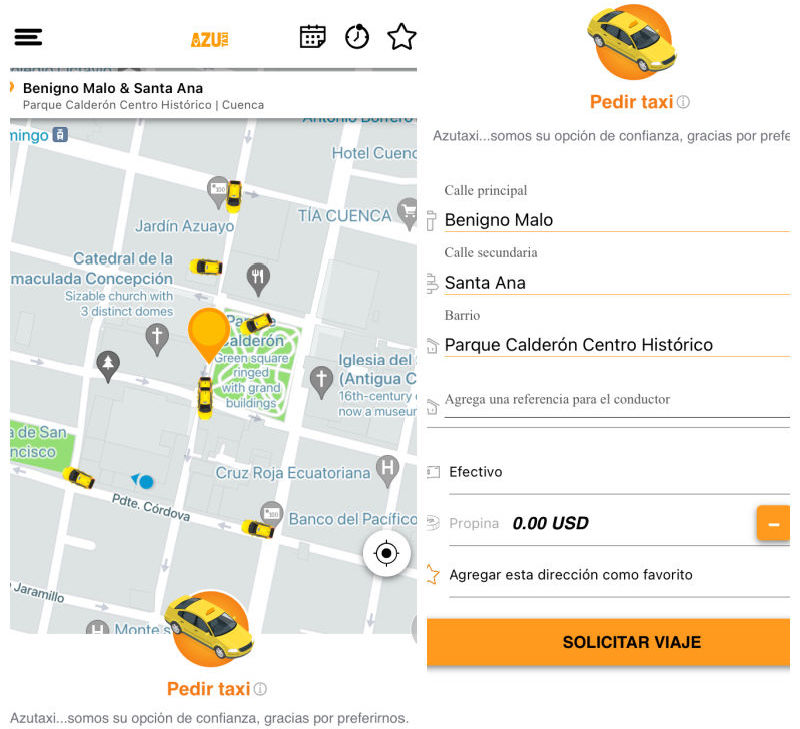
Although there appears to be an option to pay for taxis or add credit to your account through the app, most people we know only pay taxis in cash.
With the AzuTaxi smartphone app, you can view how many taxis are nearby. Request a taxi where you’re located, or by selecting a place on the map.
Is there Uber or Lyft or other rideshares in Cuenca?
No, Uber and Lyft are not available in Cuenca, Ecuador. Fortunately, taxi prices are fairly cheap.
How to Use Cuenca Regional Buses for Travel Throughout Ecuador
Regional travel by bus in Ecuador is common, affordable, and fairly convenient. Since this method of transportation is well-covered elsewhere, we’ll just briefly share some things that apply to domestic bus travel to Cuenca and from Cuenca.
Terminal Terrestre: Cuenca’s Bus Station
Terminal Terrestre, located a few blocks West of Cuenca airport, is the main bus station for buses throughout Ecuador. The other large bus station is El Arenal on the West side of the city.
The main building of Terminal Terrestre houses all the bus operator sales offices, an open waiting area, and many shops.
Departure times for all the buses are displayed digitally in the hallways.
Public bathrooms at the bus station are found outside on the West end of the building, across from another building with multiple food stalls. There is a 15 cent fee to use the restroom.
Bus tickets can be purchased a day or two in advance for popular routes, but more often, people show up shortly before departure to purchase tickets.
Bus routes can be served by multiple bus companies, so it helps to do a little research before you arrive. Rome2Rio can often tell you which bus companies go to your destination and what their schedules are (though it may not always be 100% accurate).
The other option is to go and look for ticket offices that advertise your destination. Then compare schedules and purchase from the company that has the next available departure.
Prices should be similar whatever bus company you go with. Generally, Ecuador bus prices are about $1.50 – $2.00 per hour. So a 4 hour journey from Cuenca to Loja, for example, is around $7.50.
When you purchase bus tickets at the office, you should receive a receipt. Keep this to show to the bus driver or conductor after you board. Sometimes you may not need the receipt until disembarking.
You pay for bus tickets in cash and will be asked to present your passport or cedula for ID. There is no charge for regular luggage, which the conductor can help you store in the compartment under the bus before you board.
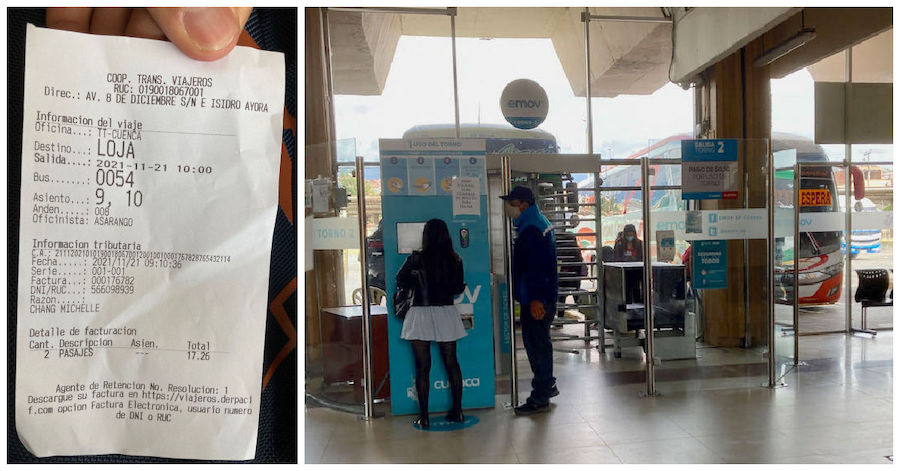
Once you have your tickets and are ready to board your bus, you’ll need to go through a turnstile to exit the building. You’ll need to insert 10 cents in a machine and hand the receipt it gives you to the guard who will let you through the turnstiles.
Buses will pull in no more than 30 minutes before departure. You can ask around or look for the sign in the front window to find the right bus company and right destination.
Tips for riding regional buses in Ecuador
- Many buses will assign seat numbers (labeled “asiento” on the ticket). We’ve found that seat assignments are generally but not always followed, depending on the route. Often the bus will pick up other passengers en route, too, to help fill the seats.
- Buses have some storage room overhead but it’s not as tall as an airline overhead bin. For safety, we always keep any bag that has valuables on our person during the ride.
- It is very common for vendors to come on board the buses. Some will simply be selling snacks, others have a whole marketing spiel. This typically involves handing out their product to each passenger while they share their story, then they’ll go back down the aisle and either collect payment or take back products that weren’t purchased from each person. You can politely decline to participate.
✈️ Protect your Cuenca trip with Travel Insurance – We’ve started using Nomad Insurance by Safety Wing for affordable evacuation, international medical, and trip coverage.
ᯤ Stay connected with an eSIM – learn more and look for our discount code in this eSIMs for travel post.
TIP: We believe traveling abroad is much easier when our smartphone stays connected.
If you have our WorldWide Connectivity course (also available inside our Membership), review my tutorials on choosing an international phone plan and managing data usage so you can save money while enjoying smoother, safer trips.
We hope this guide to Cuenca public transit and other ways to get around in Cuenca has been helpful to you.
You can help us keep this information as up to date as possible by sharing any updates or corrections in the comments below. Thank you!
For further reading:
– 5 Great Day Trips from Cuenca, Ecuador
– Best Things to Do in Cuenca, Ecuador (Plus Walking Tour Map)
– 6 Beautiful Places to Visit in the Ecuadorian Andes
– Ecuador Travel Highlights
Like this post? Pin it for later or share with friends!

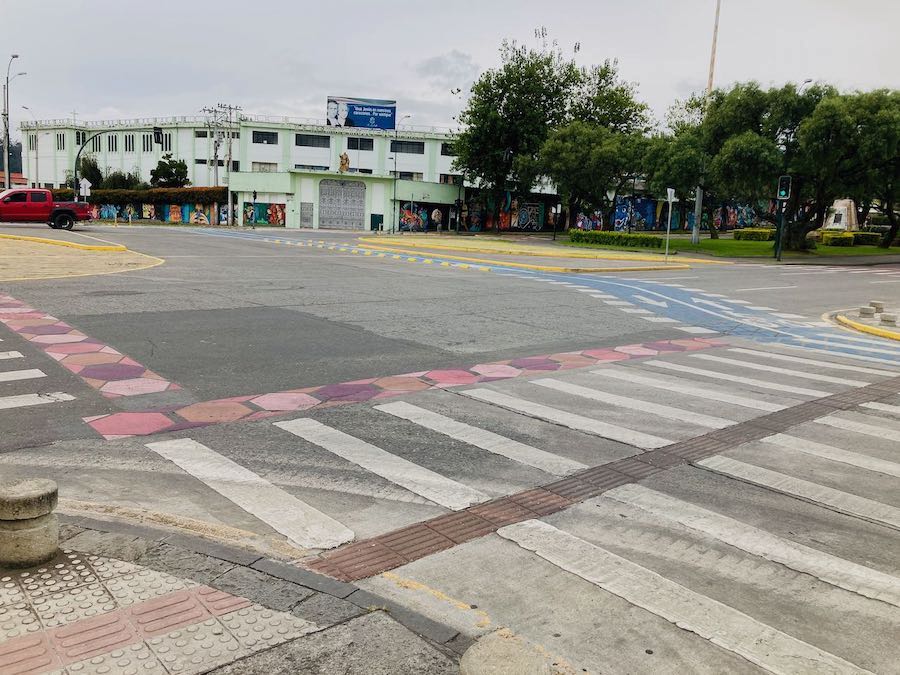
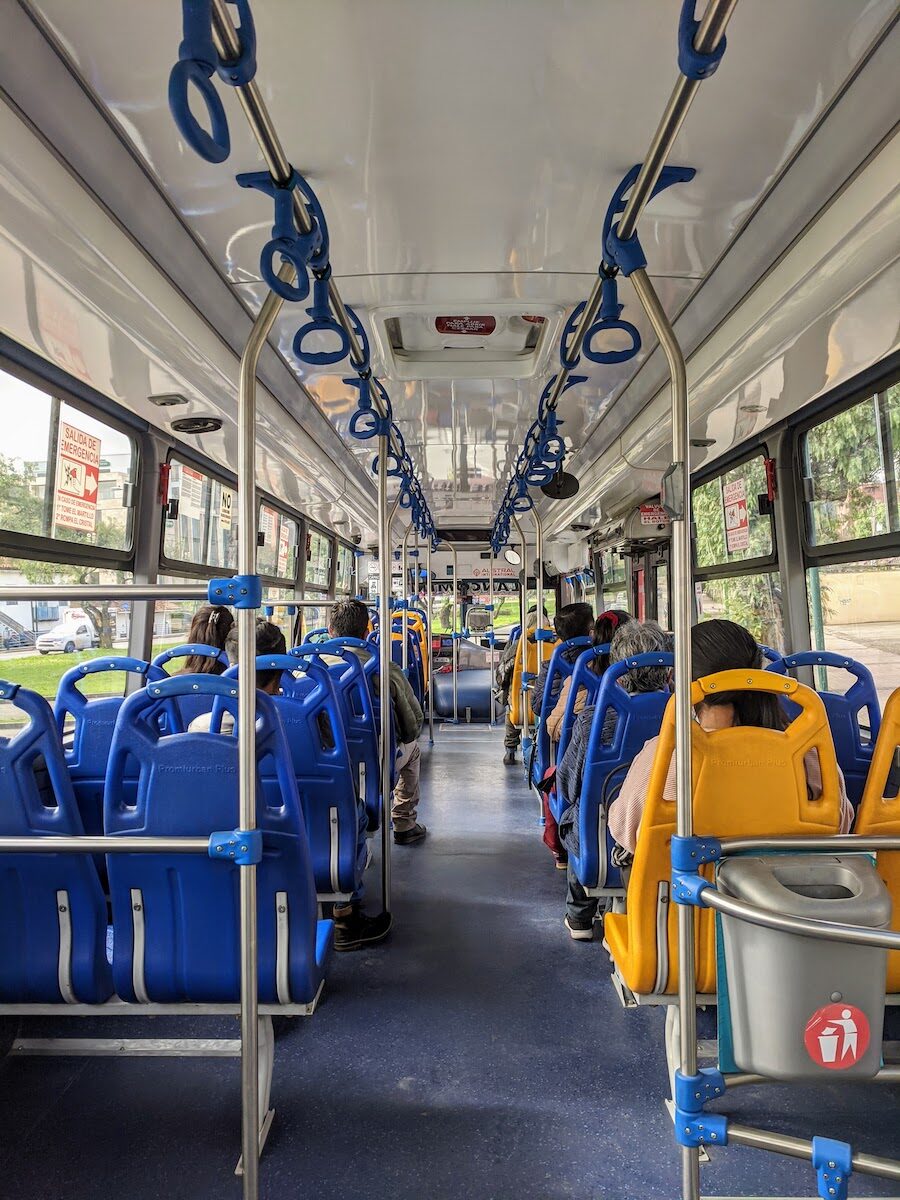
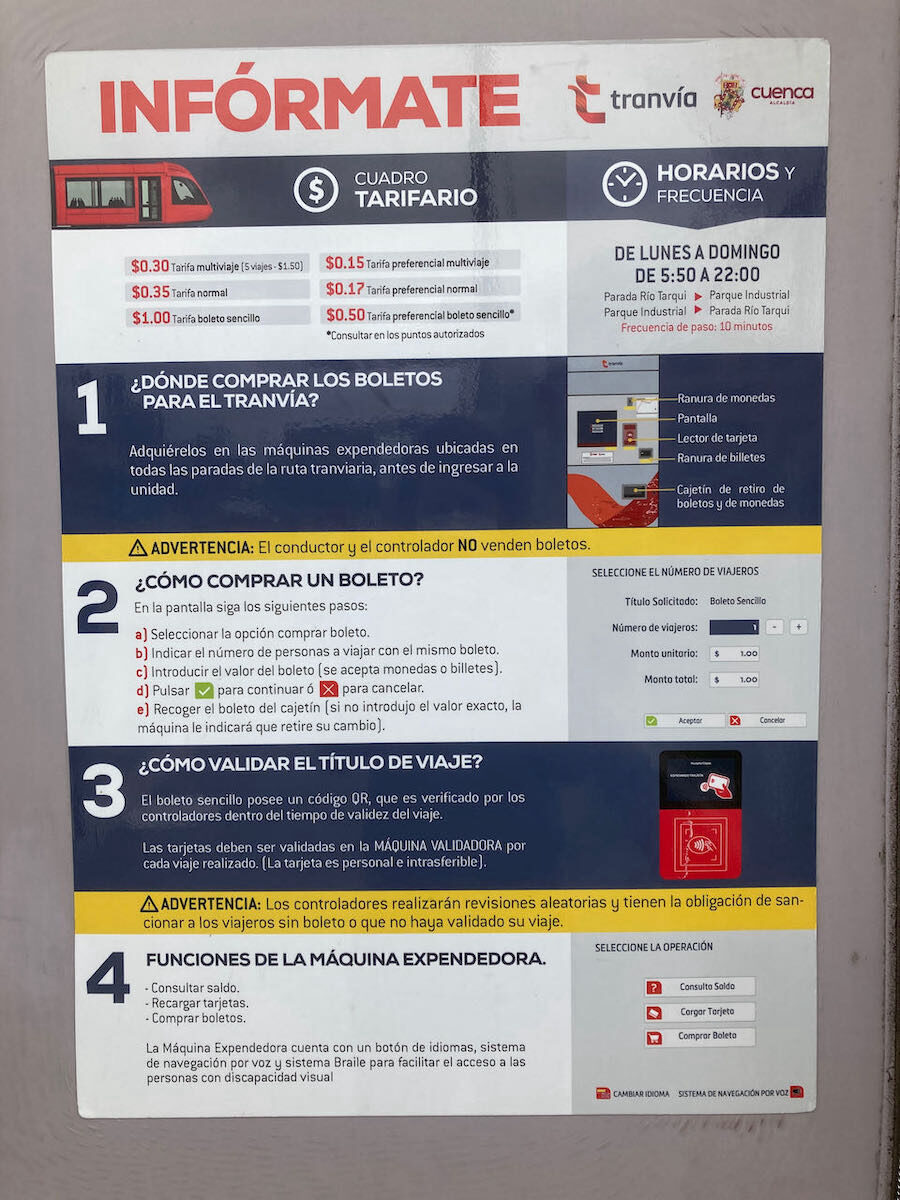
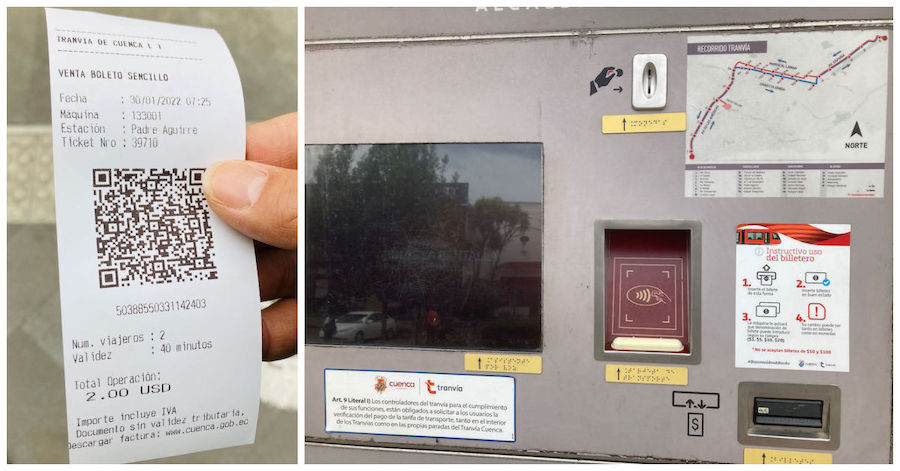
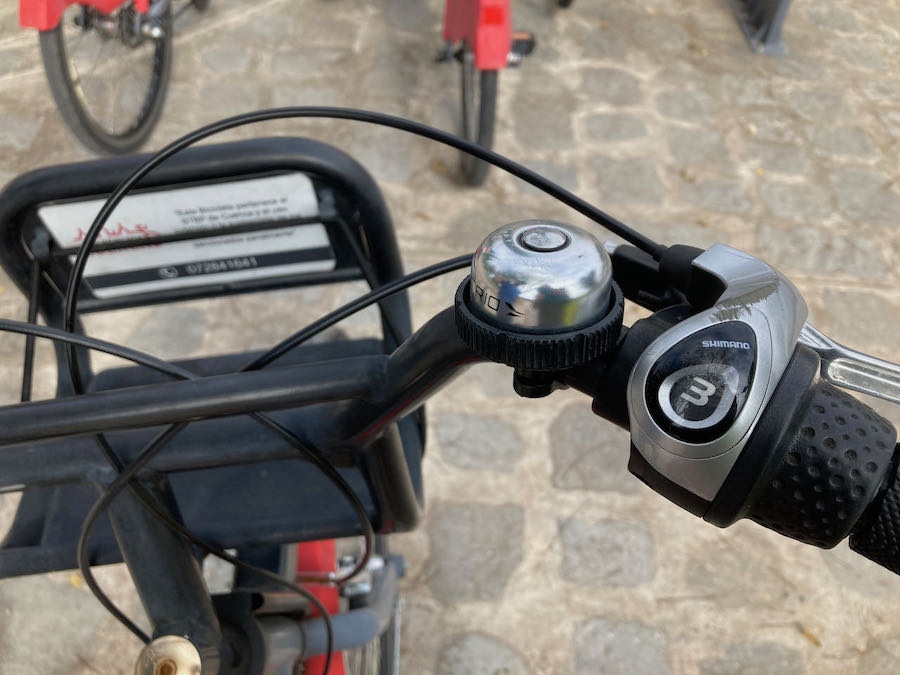
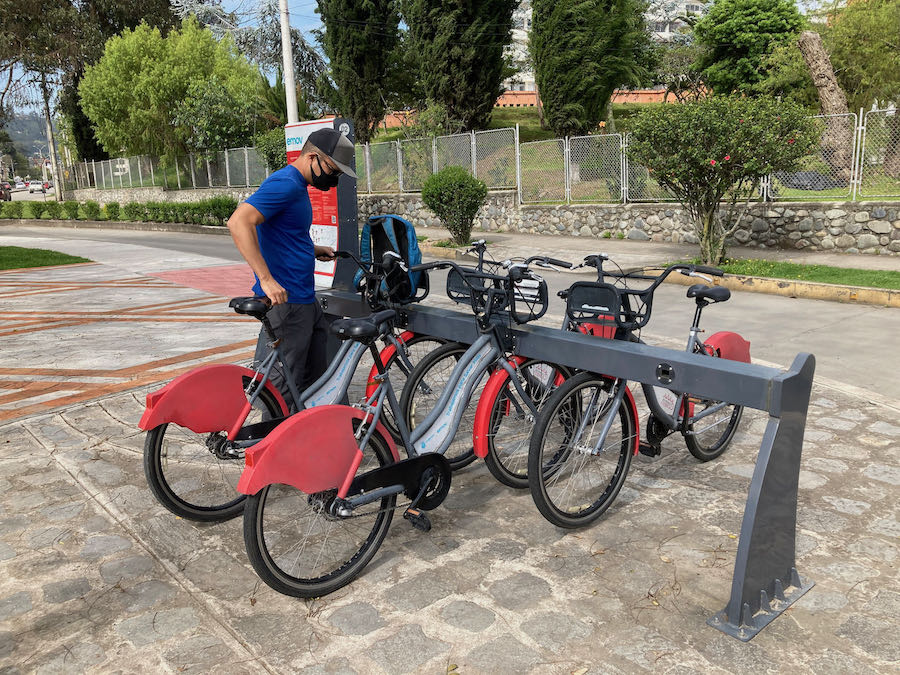
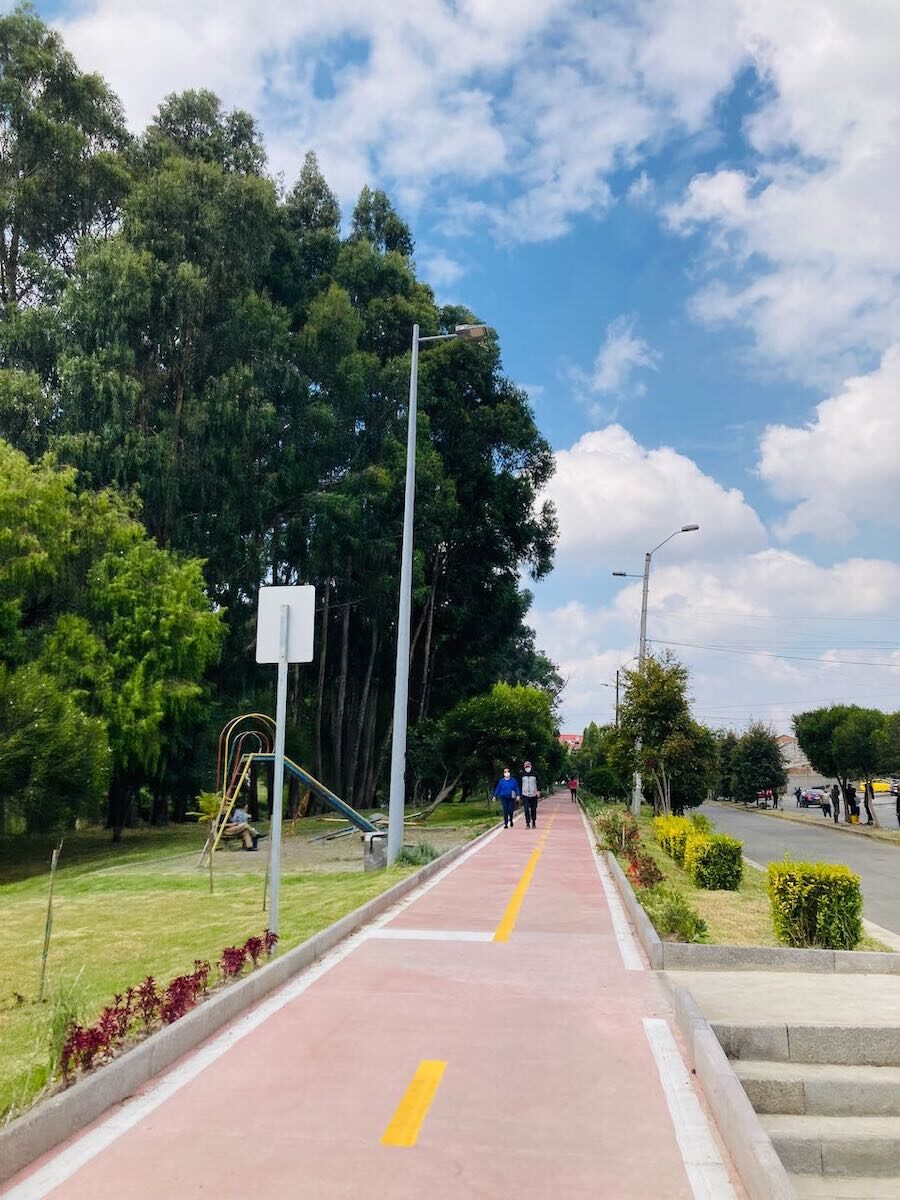
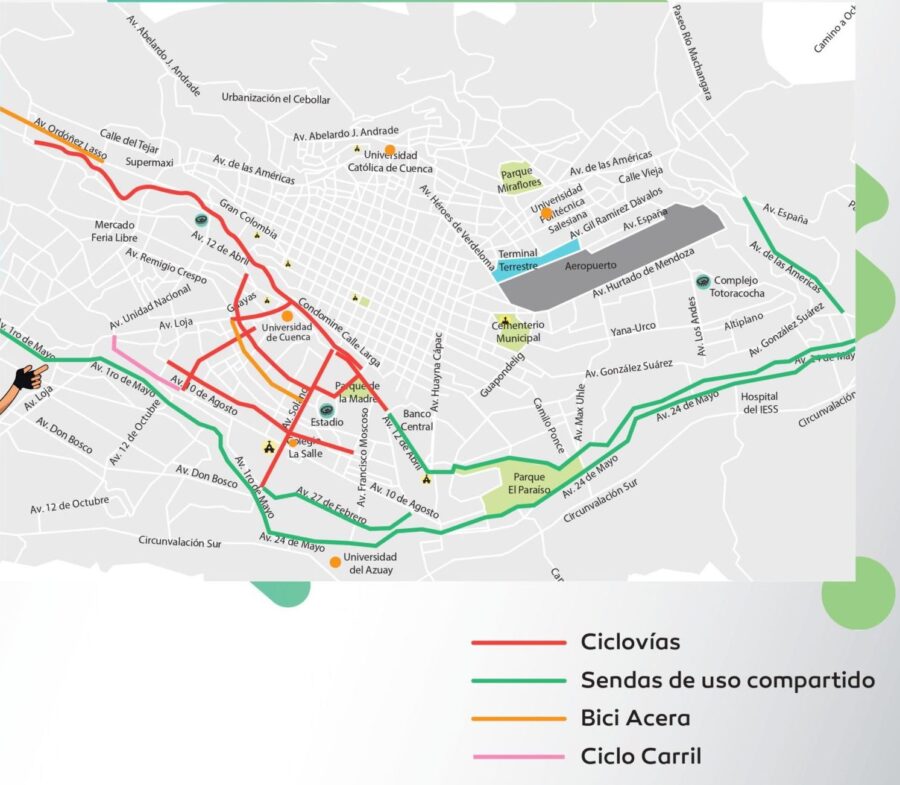
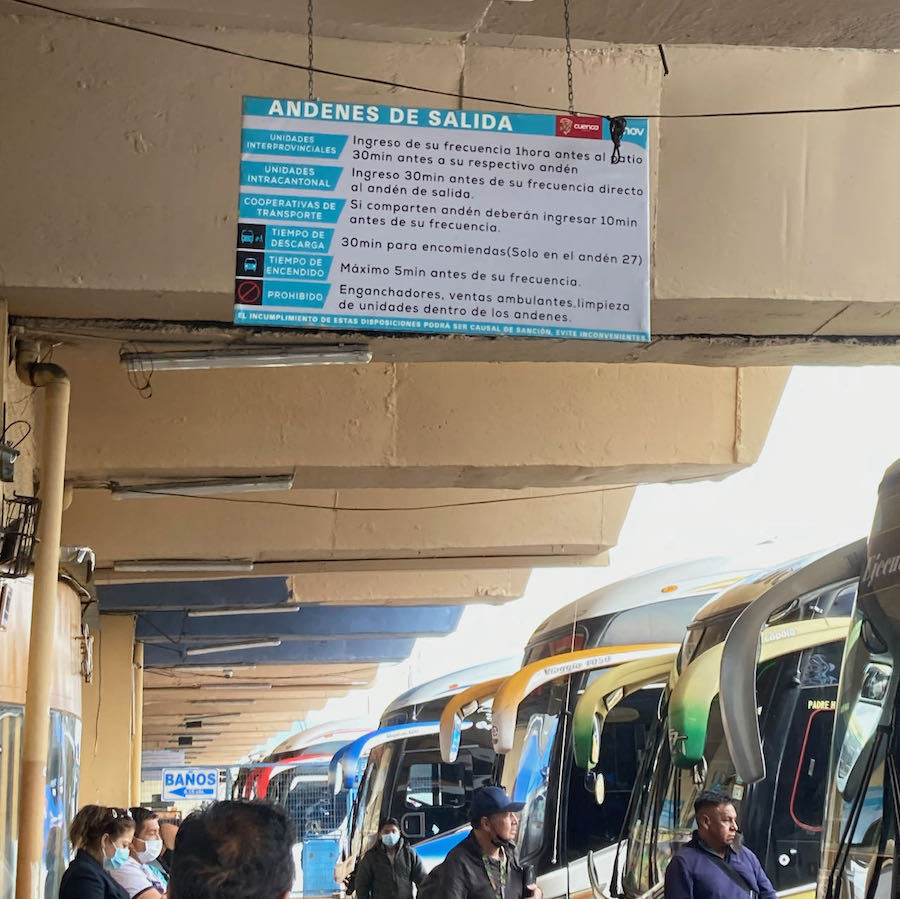
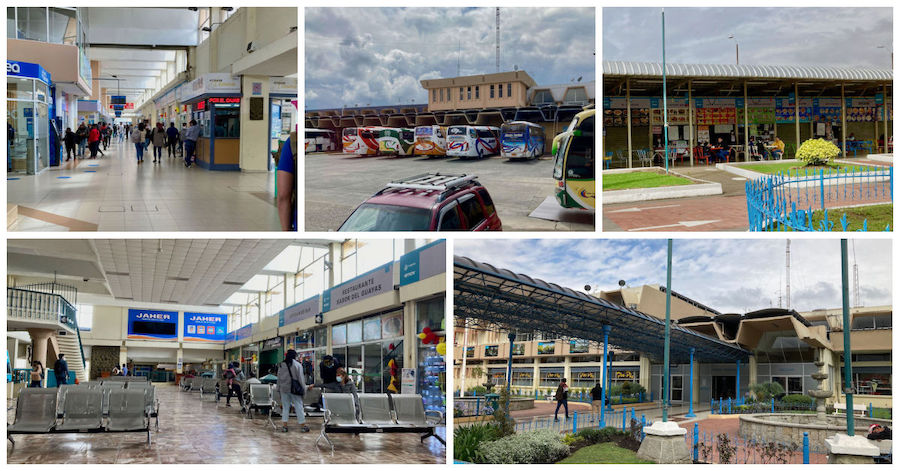
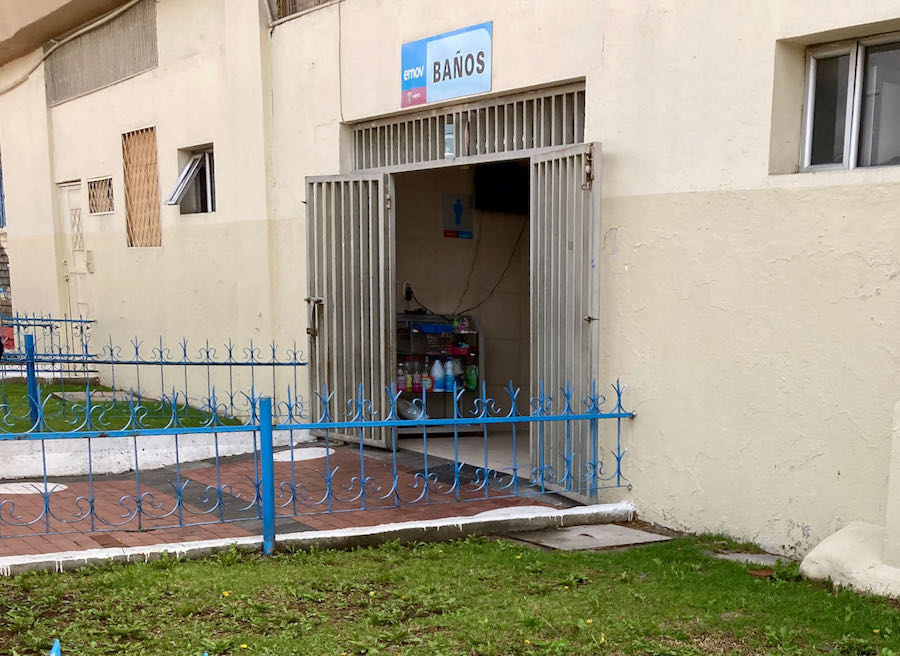
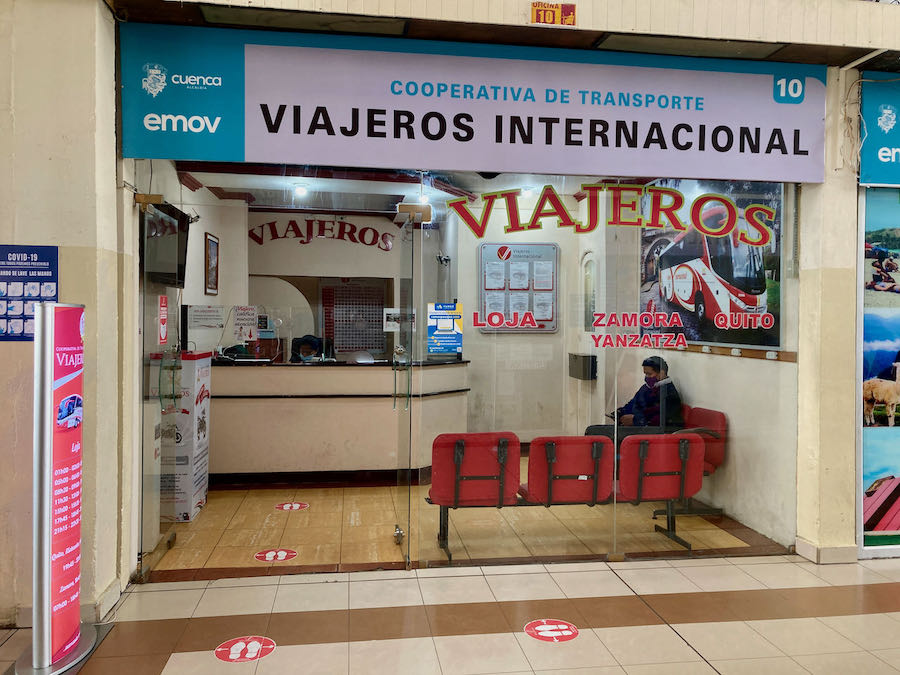
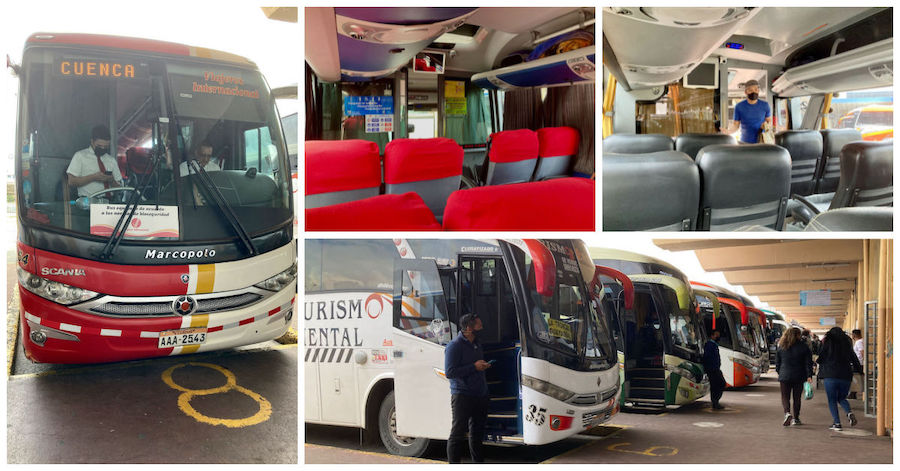
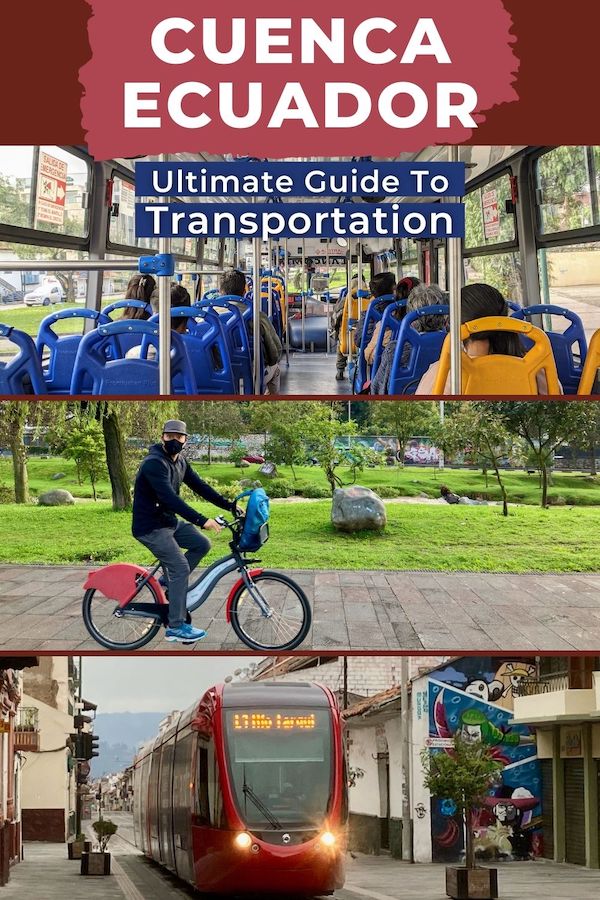



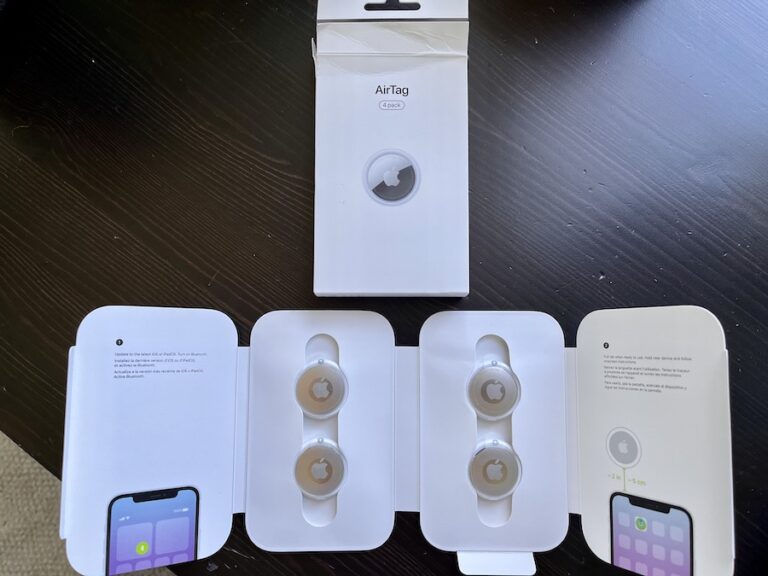
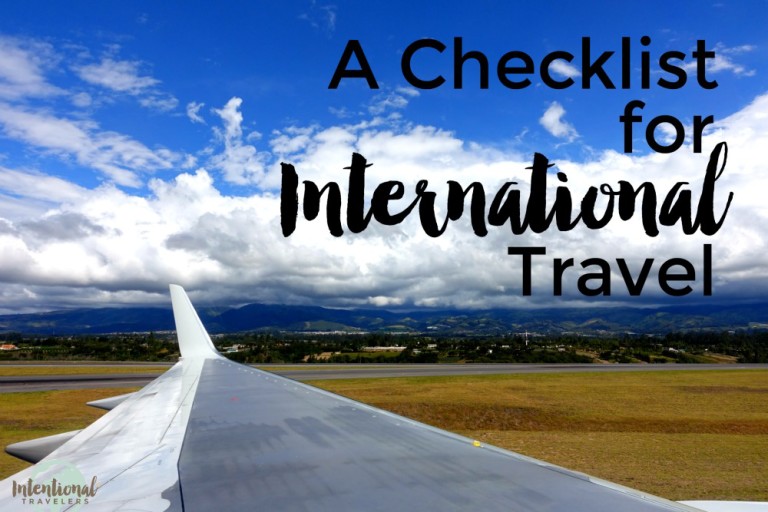

Looks like *hopefully* soon, you’ll only need 1 card to use the buses, tram, and bici Cuenca.
https://elmercurio.com.ec/2024/08/22/sistema-pago-tranvia-cuen/
Today I got my Tranvía card at the Terminal Torrestre and only needed my passport. No questions asked. We are visiting for two months. Hope this helps.
True… ‘For example, you cannot just hop on a public bus in Cuenca and pay with cash or coins!” But I’ve often seen someone get on the bus and offer a card holder change to use their card. And just as often, I’ve seen the card holder wave away the change.
Yes, we’ve seen that as well.
Feria Libre Tranvia office was closed when we went there in March 2023. Check out https://tranvia.cuenca.gob.ec from your mobile phone. It’s the official site.
Good information. I know it takes time to put these together.
Missing: The easiest location to purchase bus/Tranvia passes for tourist is at the ETAPA office on Gran Colombia y Tarqui. The lines are to the right as you enter the building. The guard has always been helpful.
For the Tranvia card, they used my cedula to take a picture of the picture on it.
For the trecer edad bus pass, I had to have a copy of my cedula. I would think a passport copy would be needed for tourists?? There is a copy shop just across Gran Colombia on the west side of Tarqui – or take one with you. For the bus pass, they took my picture while purchasing.
Another helpful site is http://itinerarios.tranviacuenca.com/#/
It will give the status of the upcoming arrival, and the next, for each stop.
Thanks for these notes – I’ll be sure to update our blog post with these details. It’s much appreciated!
Do you know if the local buses charge fare for children? Do you also know if there any bike rental companies that have smaller bikes for children?
Hi Melanie. Thank you for your questions. We haven’t traveled in Cuenca with children, so I’m not sure at what age they would need to start paying. I just know there is an official student bus pass for youth 18 and under. I have seen bike rental company with smaller bikes on Avenida Loja – I think this may be it: https://www.facebook.com/INNBIKES/. Sorry I can’t be more help, but you might have luck in the Cuenca Expat facebook group.
I was only able to get a Tranvia pass was at the airport. Didn’t go to Fiere Libre, so cannot comment on that location.